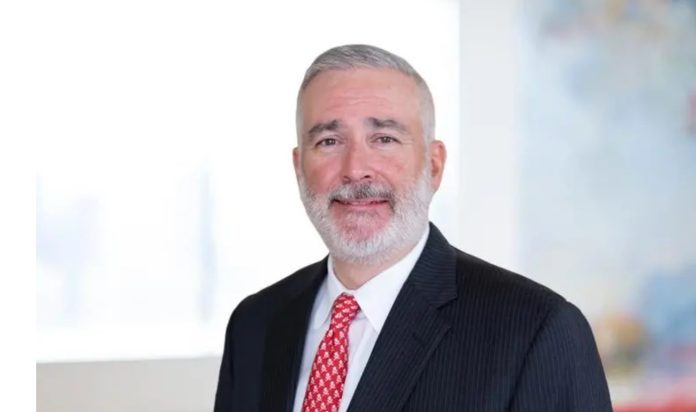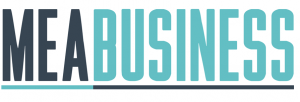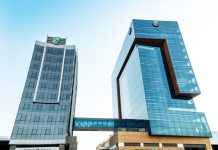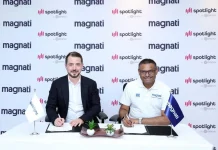
Bain & Company’s Private Equity Midyear Report 2023 shows that after four quarters of relative inactivity, investors have ample incentive to get moving. With the clock ticking on a record $3.7 trillion in dry powder and buyout funds sitting on $2.8 trillion of unexited assets, limited partners (LPs) are feeling a liquidity crunch.
A recent survey revealed that most LPs are more inclined to choose liquidity today rather than hold out for incremental gains. This suggests that the industry’s primary focus in the months ahead will be restarting the capital flywheel by increasing distributions to LPs—whether through exits, general partner (GP)-led secondaries, recaps, or other liquidity solutions.
“Sitting around because the market is down has never been a particularly effective strategy in private equity,” said Hugh MacArthur, chairman of the global Private Equity practice at Bain & Company. “Past cycles have shown that for dealmaking to rebound and continue, buyers and sellers need a reasonably stable economic environment – not necessarily an attractive one. And while investors need confidence in the five-year outlook for an industry and a company, a clearer picture is finally emerging. The global private equity market is hopefully stabilizing.”
“Unwarranted” concerns about too much dry powder
Bain’s study shows that concerns about “too much dry powder” appear unwarranted, as the volume is holding steady at $3.7 trillion across all private asset class strategies, with about 75% of that defined as “fresh,” meaning less than three years into the investment period. While there are challenges to getting deals done, particularly large deals, private credit is stepping in as commercial bank lending becomes tighter.
A $2.8 trillion exit backlog
Buyout funds alone are sitting on a record $2.8 trillion in unexited assets—over 4 times the level held during the global financial crisis. While investments were down, exits fell more sharply during the first half of the year, with 2023 annualized global buyout-backed exits on pace to drop by 54% versus 2022, and exit count is tracking toward a 30% decline. For cash-strapped LPs, DPI (distributed to paid-in capital) is becoming new the IRR (internal rate of return).
“The macro environment has shifted in the past 12 months, largely altering the assumptions behind many portfolio company deal theses,” said Brenda Rainey, executive vice president of Bain & Company’s Private Equity practice. “The decision to sell or hold an asset could come down to a pair of questions: Do you believe that exit conditions will be meaningfully different over the next several months? And does generating the return you were counting on require a value creation plan reset to account for all that’s changed on the macro front? Smart dealmakers won’t be betting on a wait and see approach, rather they know now is the time to make a move.”
In the Middle East, LPs prioritize liquidity over incremental gains, aligning with the region’s economic climate. Private equity firms will adapt their strategies to enhance distributions to LPs and restart the capital flywheel through exits, GP-led secondaries, and recaps. The region’s favorable conditions may lead to increased distributions and attractive investment opportunities in resilient sectors.
“Private equity in the Middle East is facing an opportunity,” said Katia Lattouf, associate partner at Bain & Company Middle East. “Public markets in the US have rebounded strongly in 2023 and the IPO window is beginning to open, allowing several private equity-backed companies to file offerings. Inflation is moderating in most major economies and banks are cleaning up their balance sheets. Private equity funds have always found ways to turn end-of-cycle dynamics to their advantage, the region’s players need to be ready to act.”



























